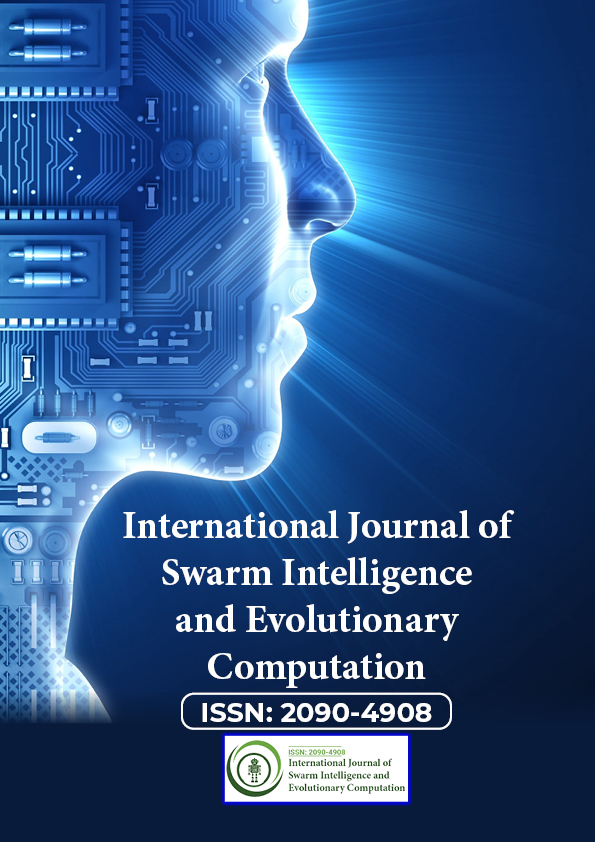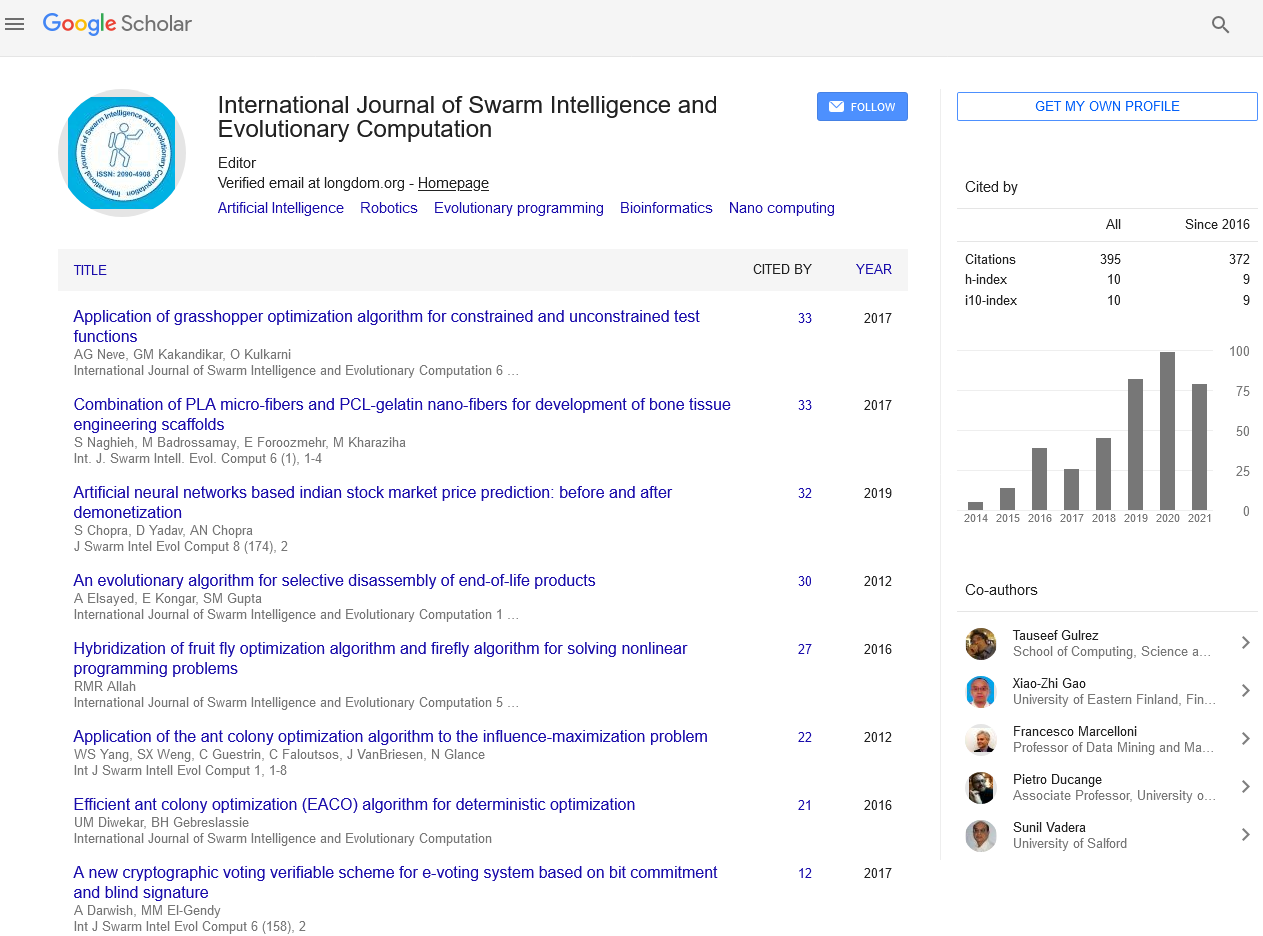Indexed In
- Genamics JournalSeek
- RefSeek
- Hamdard University
- EBSCO A-Z
- OCLC- WorldCat
- Publons
- Euro Pub
- Google Scholar
Useful Links
Share This Page
Journal Flyer

Open Access Journals
- Agri and Aquaculture
- Biochemistry
- Bioinformatics & Systems Biology
- Business & Management
- Chemistry
- Clinical Sciences
- Engineering
- Food & Nutrition
- General Science
- Genetics & Molecular Biology
- Immunology & Microbiology
- Medical Sciences
- Neuroscience & Psychology
- Nursing & Health Care
- Pharmaceutical Sciences
Commentary - (2022) Volume 11, Issue 9
Image Segmentation and its Applications
Mina Aljuboury*Received: 29-Mar-2022, Manuscript No. SIEC-22-15902; Editor assigned: 01-Apr-2022, Pre QC No. SIEC-22-15902(PQ); Reviewed: 15-Apr-2022, QC No. SIEC-22-15902; Revised: 30-May-2022, Manuscript No. SIEC-22-15902(R); Published: 06-Jun-2022, DOI: 10.35248/2090-4908.22.11.271
Description
In digital image processing and computer vision, image segmentation is a process of partitioning a digital image into multiple image segments, also known as image regions or image objects (sets of pixels). The aim of segmentation is to simplify and change the representation of an image into something that is more meaningful and easier to research. Image segmentation is usually not locate objects and limits in images. More precisely, image segmentation is that the process of assigning a label to each pixel in an image such pixels with the same label shares certain characteristics.
The results of image segmentation may be a set of segments that collectively cover the whole image, or a group of contours extracted from the image. Each of the pixels in a region is similar with reference to some characteristic or computed property, such as color, intensity, or texture. Adjacent regions are significantly different color reference to equivalent characteristics. When applied to a stack of images, typical in medical imaging, the resulting contours after image segmentation are often used to create 3D reconstructions with the help of interpolation algorithms like marching cubes.
Image segmentation plays an important role within the interpretation of various kinds of images. Image segmentation techniques can be grouped into several categories like edge based segmentation, region oriented segmentation, histogram thresholding and clustering algorithms. The aim of a clustering algorithm is to aggregate data into groups such that the data in each group share similar features while the info clusters are being distinct from each other. There are various kinds of techniques, developed for optimization, inspired by the behavior of natural systems.
Applications of image segmentation
Remote sensing: Remote sensing is the art of science and acquisition of information about an object or phenomenon without making physical contact with the object, in contrast to in situ or on-site observation. The term is applied especially to acquiring information about the earth and other planets.
Remote sensing image segmentation has large uncertainty related to the similar objects and complex spectrum in the satellite images, causing the traditional segmentation methods to be greatly limited. Existing semantic segmentation methods represented by the deep learning have made breakthrough progress. However, traditional deep learning methods, like deep convolution neural network, are a totally deterministic model, which cannot describe the uncertainty of remote sensing image well. To solve this problem, a new deep neural network combined with fuzzy logic units is proposed during this paper, called as RSFCNN (Remote Sensing image segmentation with Fuzzy Convolutional Neural Network). Convolution units are wont to extract discriminant features with different proportions, thus providing comprehensive information for pixel-level remote sensing image segmentation.
Aerial imaging: The aerial imaging is the process of capturing the photographs from an aircraft or any other flying objects. These days we’re using drones to capture the images. These are very useful without going anywhere you can capture the images of any location. It has truly come a long way, during its inception it primary objective was to trace the wartime activities but it wasn’t welcome as people regarded it as an intrusion in their privacy.
Object detection: Image segmentation is the division of an image into regions or categories, which correspond to different objects or parts of objects. Image segmentation provides pixel by pixel details of an object, making it different from the classification and object detection.
Video surveillance: Video surveillance serves as the remote eyes for the management and the security force. It provides security personnel with advance notice of breaches in the security, including hostile and the terrorist acts, and is a part of the plan to protect personnel and assets.
Citation: Aljuboury M (2022) Image Segmentation and its Applications. J Swarm Evol Comput. 11:271.
Copyright: © 2022 Aljuboury M. This is an open-access article distributed under the terms of the Creative Commons Attribution License, which permits unrestricted use, distribution, and reproduction in any medium, provided the original author and source are credited.


